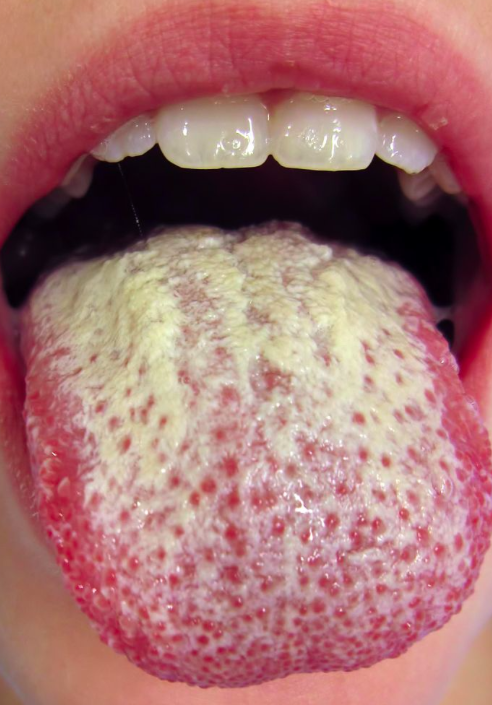Visit and Join the WeHeal Candidiasis Disease Community
For more information, see: Mayo Clinic | Wikipedia

Visit and Join the WeHeal Candidiasis Disease Community
For more information, see: Mayo Clinic | Wikipedia

Candidiasis is a fungal infection due to any type of Candida (a type of yeast). When it affects the mouth, it is commonly called thrush. Signs and symptoms include white patches on the tongue or other areas of the mouth and throat. Other symptoms may include soreness and problems swallowing. When it affects the vagina, it is commonly called a yeast infection. Signs and symptoms include genital itching, burning, and sometimes a white “cottage cheese-like” discharge from the vagina. Less commonly the penis may be affected, resulting in itchiness. Very rarely, the infection may become invasive spreading throughout the body, resulting in fevers along with other symptoms depending on the parts of the body affected.
More than 20 types of Candida can cause infection with Candida albicans being the most common. Infections of the mouth are most common among children less than one month old, the elderly, and those with weak immune systems. Conditions that result in a weak immune system include HIV/AIDS, the medications used after organ transplantation, diabetes, and the use of corticosteroids. Other risks include dentures and following antibiotic therapy. Vaginal infections occur more commonly during pregnancy, in those with weak immune systems, and following antibiotic use. Risk for widespread infection includes being in an intensive care unit, following surgery, low birth weight infants, and those with weak immune systems.
Efforts to prevent infections of the mouth include the use of chlorhexidine mouth wash in those with poor immune function and washing out the mouth following the use of inhaled steroids. Little evidence supports probiotics for either prevention or treatment even among those with frequent vaginal infections. For infections of the mouth, treatment with topical clotrimazole or nystatin is usually effective. Oral or intravenous fluconazole, itraconazole, or amphotericin B may be used if these do not work. A number of topical antifungal medications may be used for vaginal infections including clotrimazole. In those with widespread disease, a number of weeks of intravenous amphotericin B is often used. In certain groups at very high risk antifungal medications may be used preventatively.
Infections of the mouth occur in about 6% of babies less than a month old. About 20% of those receiving chemotherapy for cancer and 20% of those with AIDS also develop the disease. About three-quarters of women have at least one yeast infection at some time during their lives. Widespread disease is rare except in those who have risk factors. These diseases are also known technically as candidosis, moniliasis, and oidiomycosis.
Visit and Join the WeHeal Candidiasis Disease Community
For more information, see: Mayo Clinic | Wikipedia
WeHeal is very grateful to our valued sources of information which include Wikipedia, WebMD, ClinicalTrials.gov, Cancer.gov, Infoplease, and the US CDC (Center for Disease Control).